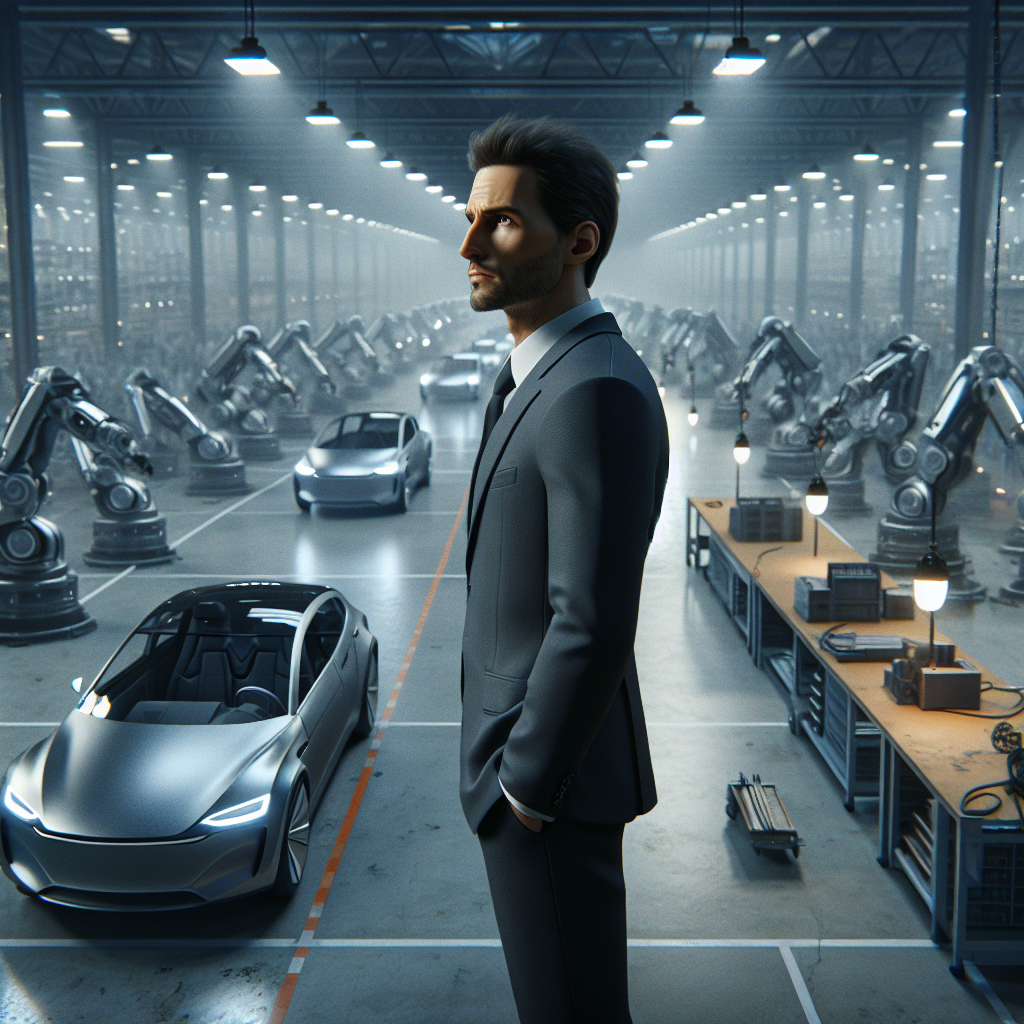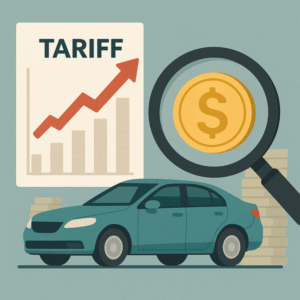Elon Musk Is Running Out Of Ideas To Save Tesla
Elon Musk, the visionary entrepreneur at the helm of Tesla, has been instrumental in the company’s rise to prominence in the electric vehicle (EV) market. However, recent reports suggest that Musk is facing challenges in maintaining the momentum required to keep Tesla ahead of its competition and to meet the ever-increasing expectations of investors and consumers alike. This article delves into the current state of Tesla under Musk’s leadership, exploring the challenges he faces and what this could mean for the company moving forward.
The Current Landscape of Tesla
Tesla, once a trailblazer in the EV space, is now competing against numerous rivals, both established automakers and new startups. With the growing interest in sustainability and electric vehicles, it has become essential for Tesla to innovate continuously and differentiate itself from its competitors. However, Musk’s recent attempts to introduce new ideas and products seem to be falling short, leading to concerns about the company’s future.
Declining Market Dominance
In the early days, Tesla’s innovative approach and cutting-edge technology set it apart from traditional automotive manufacturers. However, as other companies have entered the EV market, Tesla’s share has started to shrink. Some key factors contributing to this decline include:
1. Increased Competition: Major automotive players, including Ford, General Motors, and Volkswagen, have accelerated their EV programs, creating electric models that appeal to consumers.
2. Market Saturation: As the EV market becomes more saturated, Tesla’s once-exclusive appeal is diluted, making it harder for the brand to maintain its leading position.
3. Consumer Expectations: As Tesla’s products become more mainstream, consumer expectations have grown. Buyers now demand not just innovative features but also quality, reliability, and affordability.
Challenges in Innovation
Musk has built his reputation on innovation, but recent initiatives have raised eyebrows. Analysts argue that many of Tesla’s recent product launches and ideas lack the same game-changing impact that characterized earlier releases. Some of the notable challenges include:
1. Autopilot and Full Self-Driving: While Tesla continues to promote its ambitious self-driving capabilities, many consumers and regulators remain skeptical of the safety and functionality of these systems, leading to regulatory scrutiny and delays.
2. Production Delays: New product launches, such as the Cybertruck, have faced significant delays, leaving consumers frustrated. Continuous postponements reflect a struggle to maintain efficient production timelines.
3. Scaling Up Production: As global demand for EVs rises, scaling production without compromising quality has become a significant challenge for Tesla. Musk’s vision may not be enough to overcome operational hurdles.
The Road Ahead: What Musk Can Do
Despite these challenges, there are several strategies that Elon Musk and Tesla can consider to regain their innovative edge and boost consumer confidence.
1. Focus on Core Competencies
Tesla has always been about cutting-edge technology and sustainable energy solutions. Refocusing on core competencies can help the company regain its competitive edge. This could involve:
– Streamlining operations to enhance efficiency.
– Investing in research and development to push the boundaries of battery technology and EV capabilities.
– Enhancing customer support and service to improve overall consumer satisfaction.
2. Enhance the Customer Experience
Improving the customer experience can lead to higher sales and brand loyalty. Some areas of focus should include:
– Providing comprehensive training for sales teams to improve customer interactions.
– Enhancing after-sales service and support, ensuring customers feel valued long after purchasing their vehicles.
– Implementing loyalty programs that reward repeat customers and referrals.
3. Strengthening Supply Chain Management
The global chip shortage and other supply chain disruptions have posed significant challenges to automakers, including Tesla. By strengthening supply chain management, Tesla can mitigate risks and ensure a steady flow of production. Key strategies could include:
– Diversifying suppliers to avoid dependence on a single source.
– Investing in local production facilities to reduce shipping delays and costs.
– Collaborating with tech firms to secure the latest semiconductor technologies.
Conclusion
As Tesla navigates these turbulent waters under Elon Musk’s leadership, the company must adapt and evolve to maintain its status as a leader in the electric vehicle market. While Musk’s vision has driven Tesla’s success, reliance on past innovations may not be sufficient in the face of increased competition and shifting consumer expectations.
By focusing on core competencies, enhancing the customer experience, and strengthening supply chain management, Tesla can work toward reclaiming its position at the forefront of the EV revolution. The road ahead may be challenging, but with strategic adjustments and a renewed focus on innovation, Tesla can once again capture the imagination of consumers and investors alike.
In a rapidly changing automotive landscape, the question remains: Can Elon Musk pivot to save Tesla, or is he running out of ideas? The answer to this question will not only shape the future of Tesla but may also redefine the entire electric vehicle industry.



